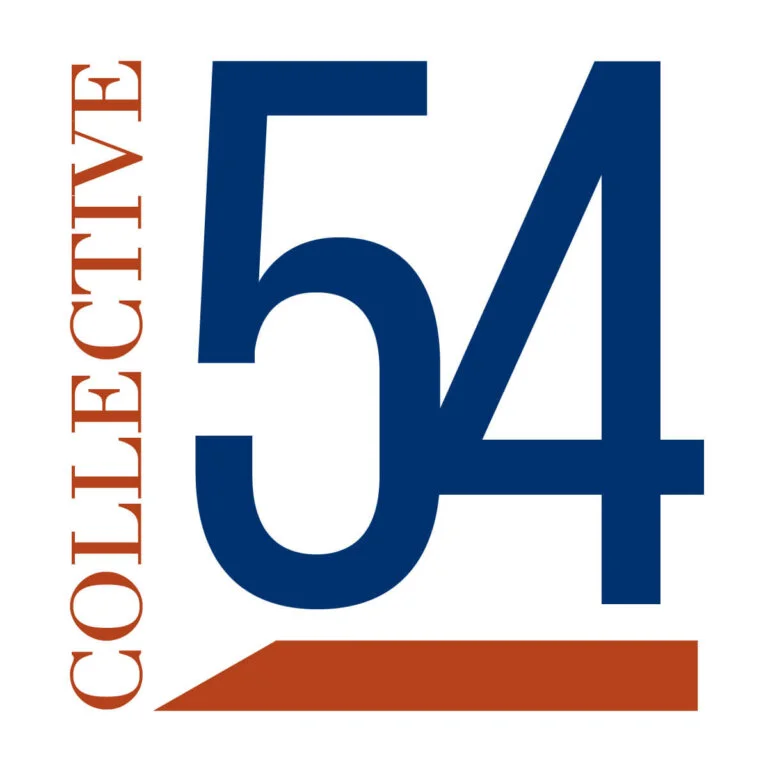|
Getting your Trinity Audio player ready...
|
The Workslop Trap: How AI Amplifies Bad Consulting

There has been much talk of AI-Generated “Workslop” after a recent HBR article made headlines. Like most things AI, the issue is not new, but it’s magnified and faster…. Slop with a new name and a Ferrari engine.
We made the cartoon below years ago. Strategy decks and consulting speak were already a punchline well before recent AI trends.
Clients have been sick of bloated, over-polished decks for years. We didn’t need AI to create the problem;we were already doing it ourselves. But now? We’re flooding clients with more slideware, more empty phrases and sleek graphics, faster than ever.
And in most cases, it doesn’t help. It just makes them clean up our mess.
What is Workslop?
HBR recently put a name to this: workslop—content that looks like work, but isn’t helpful, actionable, or even accurate.
“Workslop is AI-generated work content that masquerades as good work but lacks the substance to meaningfully advance a task.”
—Harvard Business Review, AI-Generated Workslop Is Destroying Productivity, Sept 2025
Reading the article I kept thinking… this sounds a lot like bad consultants!
- Repackaging the client’s own words in consulting speak
- Slides with no real actionable insight
- Giant documents that make a thud on the table that no one will read, but make the client feel like they got their money’s worth
Workslop creates downstream work. It shifts the burden from the consultant to the client. That’s not how you provide value and maintain lasting relationships. What if your client ends up passing the AI slop onto someone else on their team? It damages their reputation and trust.
Why is it Worse Now
AI tools have increased the number of bad consultants by an order of magnitude.
- Generative AI enables low-effort output at scale
- Oh you need a 30 page assessment tomorrow? No problem.
- Not enough time is spent on “what does great look like” for teams
- 3 bullet points that solve a problem and help drive a decision can be great, it doesn’t need to be a giant deck.
- Demand for results are up while people are spread thin
- Now more than ever organizations are trying to do more with less.
- “If you aren’t using AI, you will be left behind” is driving people to flail
- You hear this everywhere, but not everyone is equipped with the guidance they need.
As consultants we need to cut through the noise, not add to it.
What We Need To Differentiate:
Create a culture that encourages being bold and brave. At Intevity we aren’t anti AI and we aren’t anti slides, but they need to be very firmly driven with a “so what?” and “where do I go from here?” and “what results are good results?”.
I remember early in my career thinking it was my job to be somewhat impartial when making recommendations. I would list out 3-5 options, the pros and cons, and then leave it to the client to make the decision. Yes, it is their decision to make, but I learned over time to be extremely bold with my own recommendation and to lead with these bold suggestions.
We need to inspire bravery in our teams, and then set the bar and reward. I would much rather see someone be bold and biased towards action than anything else.
The Future of Consulting is Courage, Clarity and Action
AI didn’t create workslop. We did. But we get to decide what we put in front of our clients now. The good news is that when these tools are used correctly, we can pivot quickly.
Some anti-workslop measures we use at Intevity when delivering:
- Where is the “so what?”
- If you can’t tell me very briefly with a human sentence, we revise
- Role playing is a fantastic tool to improve and it’s fun playing the impatient client with your team to refine their communication.
- If this was your best friend, what would you recommend to them?
- Would you feel good about the direction and price?
- What words do they need to hear to be convinced?
- What does success for the client mean in the next 1-3 years?
- How can you help them get quick wins along the way?
- How does this help them get there?
- Will my client or teammate feel the need to double and triple check this?
- We all need a second set of eyes, but prove to them you aren’t relying on AI too much
- Share your workflow and tools, don’t keep it a secret
- This is how we all get better
- Demonstrating that you are still using your own brain where appropriate will build trust.
These aren’t just client needs, they are human needs. You earn trust and lasting relationships by being a human. The tools are great, we just can’t let them get in the way of being human.
